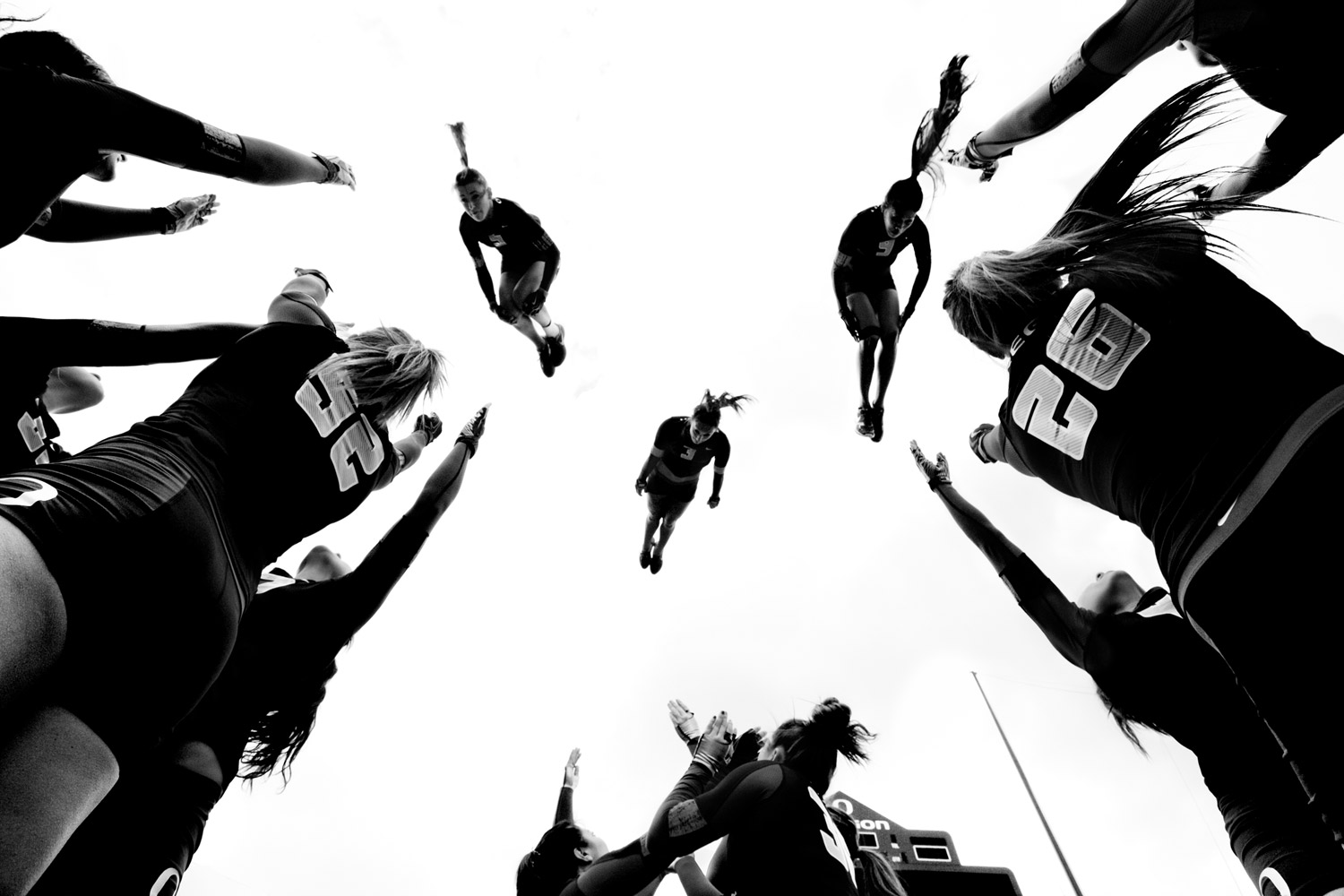
As an article in this week’s issue of TIME explains, the burgeoning sport of acro—the short form of “acrobatics and tumbling”—is striving to distance itself from its cheerleading roots. Likewise, when photographer Holly Andres visited the University of Oregon acro team to shoot the young athletes at practice, she wanted to avoid the tropes of cheerleading photography. There would be no green backgrounds or vivid colors. Instead, the shoot had been planned entirely in black-and-white, the participants envisaged as frozen shapes on a stark field—an idea planned by TIME in order to match a story about a sport striving to be taken seriously.
“The night before, I was really struggling with how I was going to pull this off,” says Andres, for whom the assignment was a departure from her usual style. But, she says, the answer came to her in her sleep, when she thought of Leni Riefenstahl’s photographs of divers from the 1937 Olympics. “I was thinking about the way that she shot really low angles and exposed for the sky in such a way that the athletes looked like these graphic objects. I thought if I could just get them outside and shoot from a low angle I could probably get a more compelling shot than shooting in the gym.”
On the day of the shoot, Andres, whose work is normally highly orchestrated, couldn’t interrupt the practice to adjust composition. Nor did she have much experience with sports—as a photographer, as an athlete or even as a spectator. But her instincts proved correct. Outside on the football field, with a low angle, she was able to capture the dizzying acrobatics in striking graphic fashion. And, as a bonus, nobody fell on her. “It was pretty terrifying,” she says. “I appreciated having my camera as a buffer to look through because I think it detached me a bit from the reality. I just had to have faith that this is what they do and no one’s going to misstep.”
The bold look of the shoot continued when the team returned to the gym for the rest of their practice. Using seven strobes, Andres was able to freeze their movements against a white seamless wall and the light gray of their gym mats.
And despite her lack of sports experience, the photographer found that the acro team’s ethic fit in with her own work as a photographer of the feminine experience. “The fact that there were no male team members and that they were the ones who were throwing and hoisting their fellow team members in the air was really interesting,” she says. “Certainly it challenged some of my preexisting ideas or stereotypes about cheerleaders.”
Read the story from our current issue: Cheer Factor
Holly Andres is an American photographer. See more of her work here.


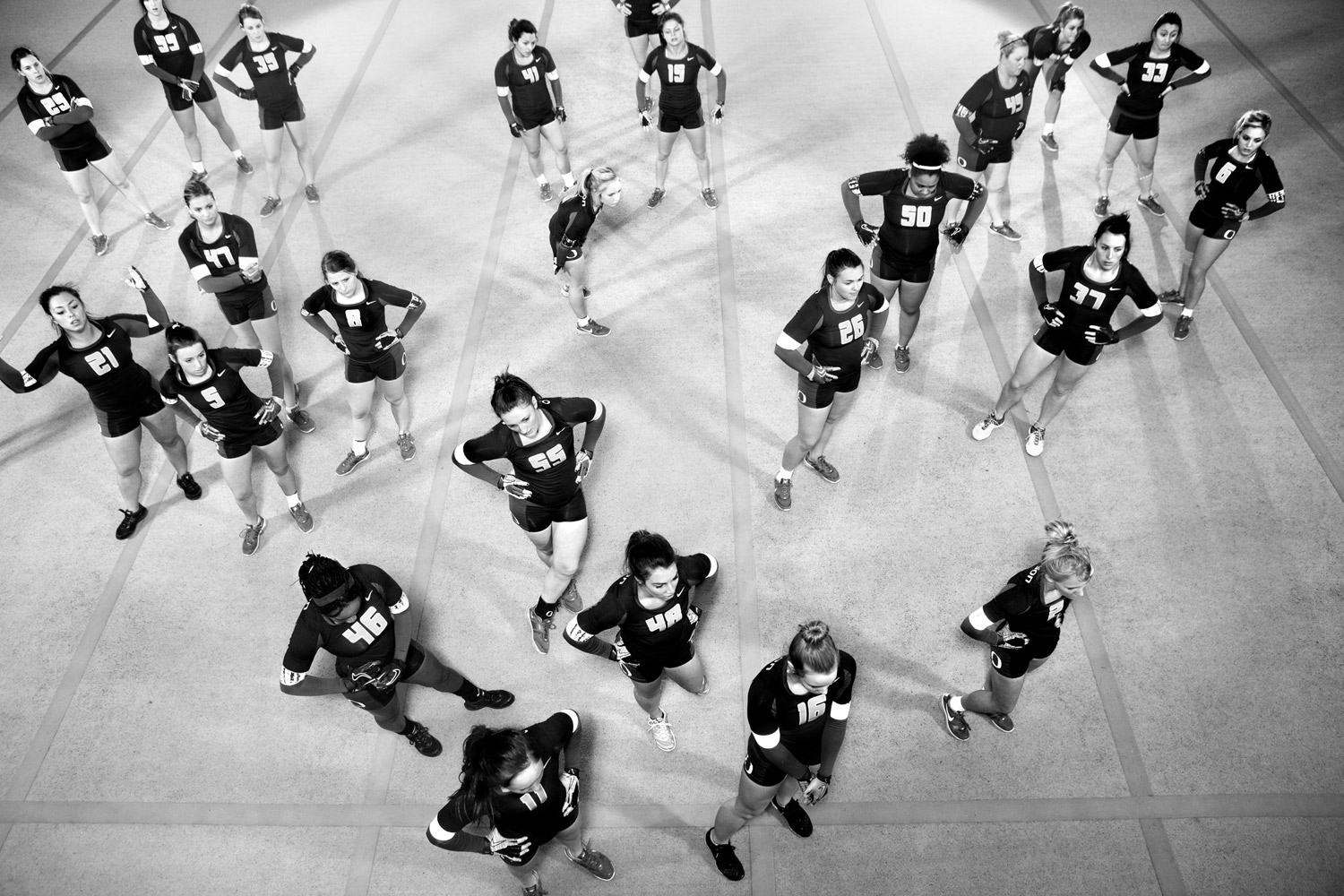
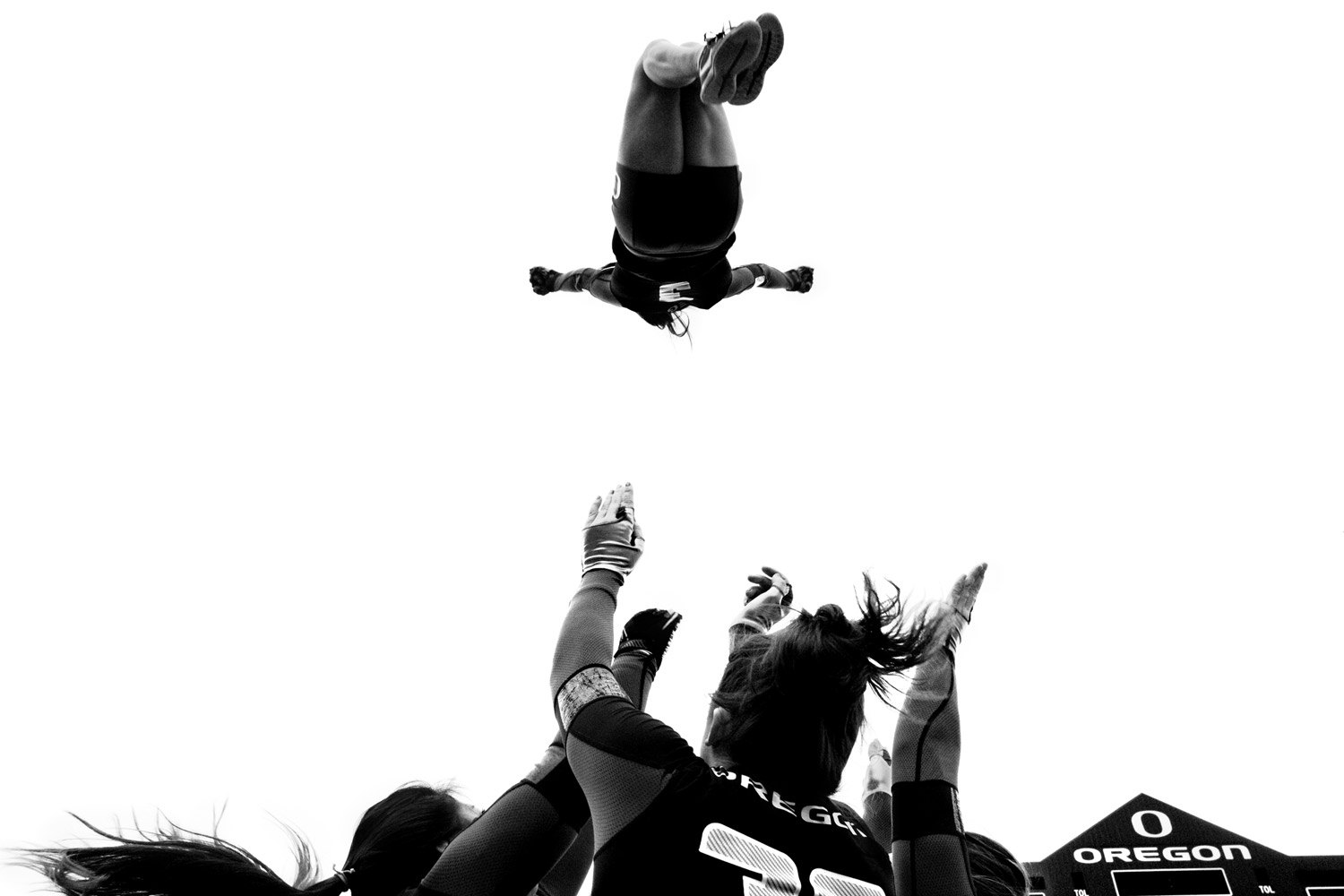
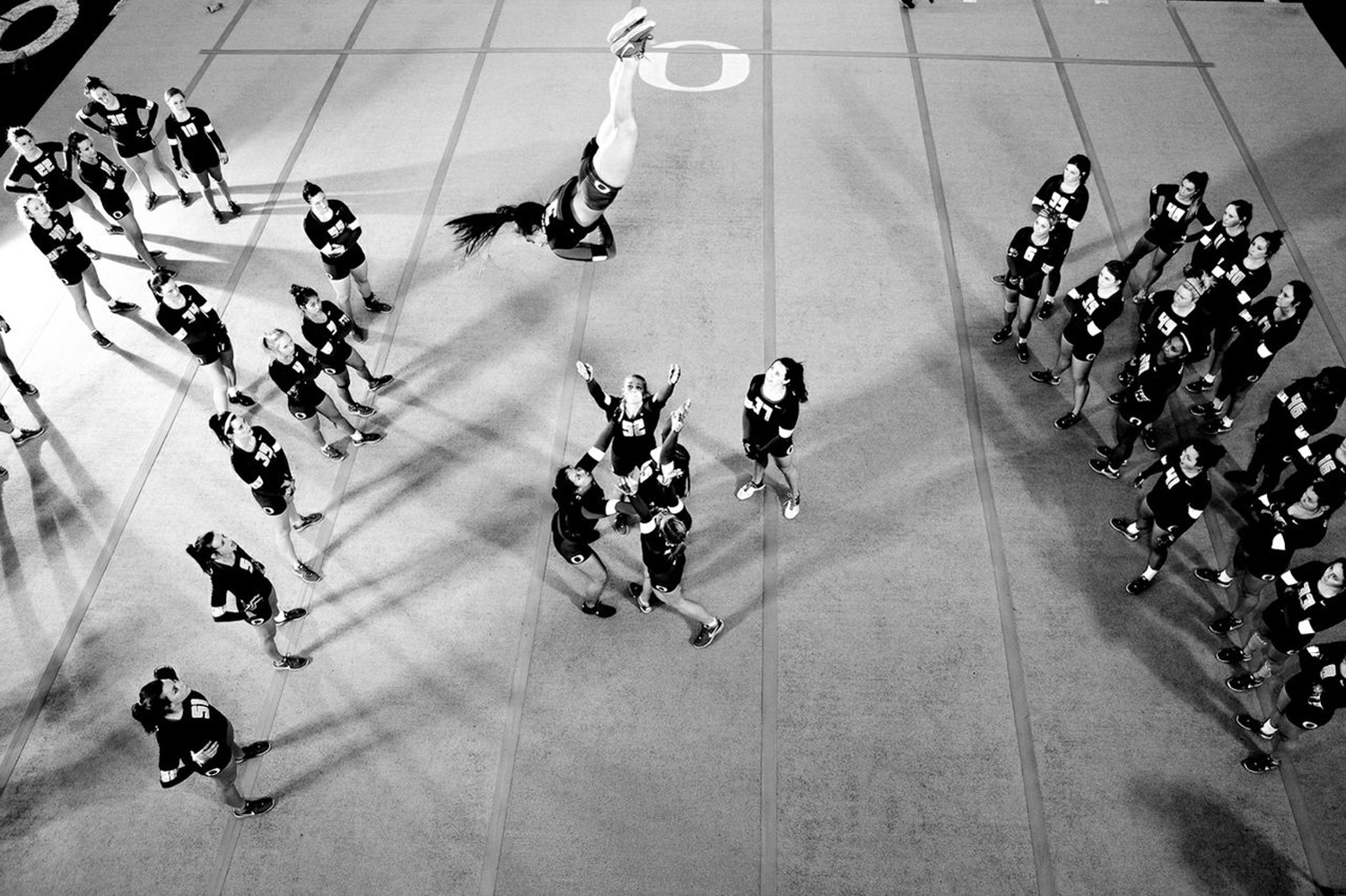
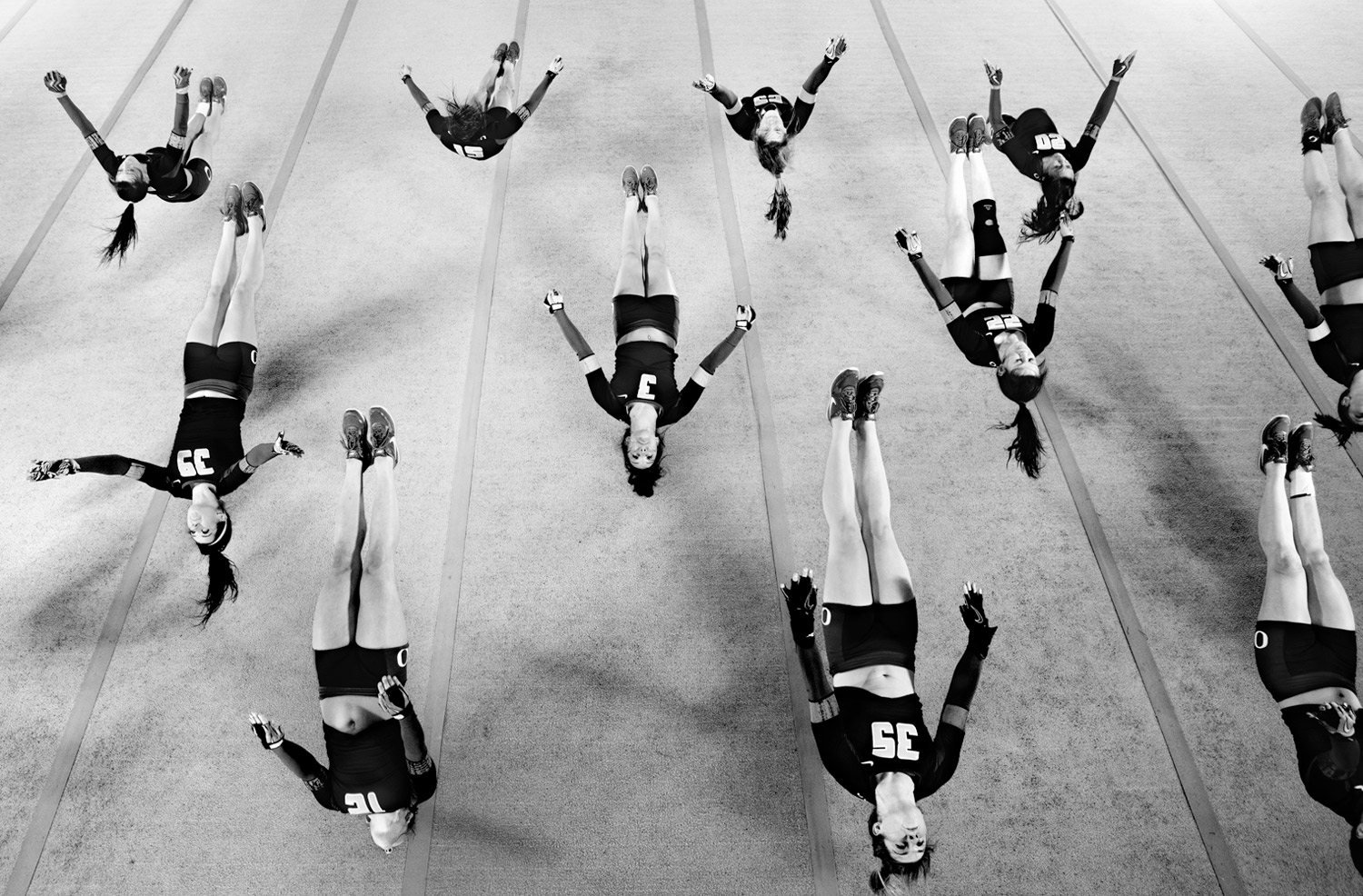
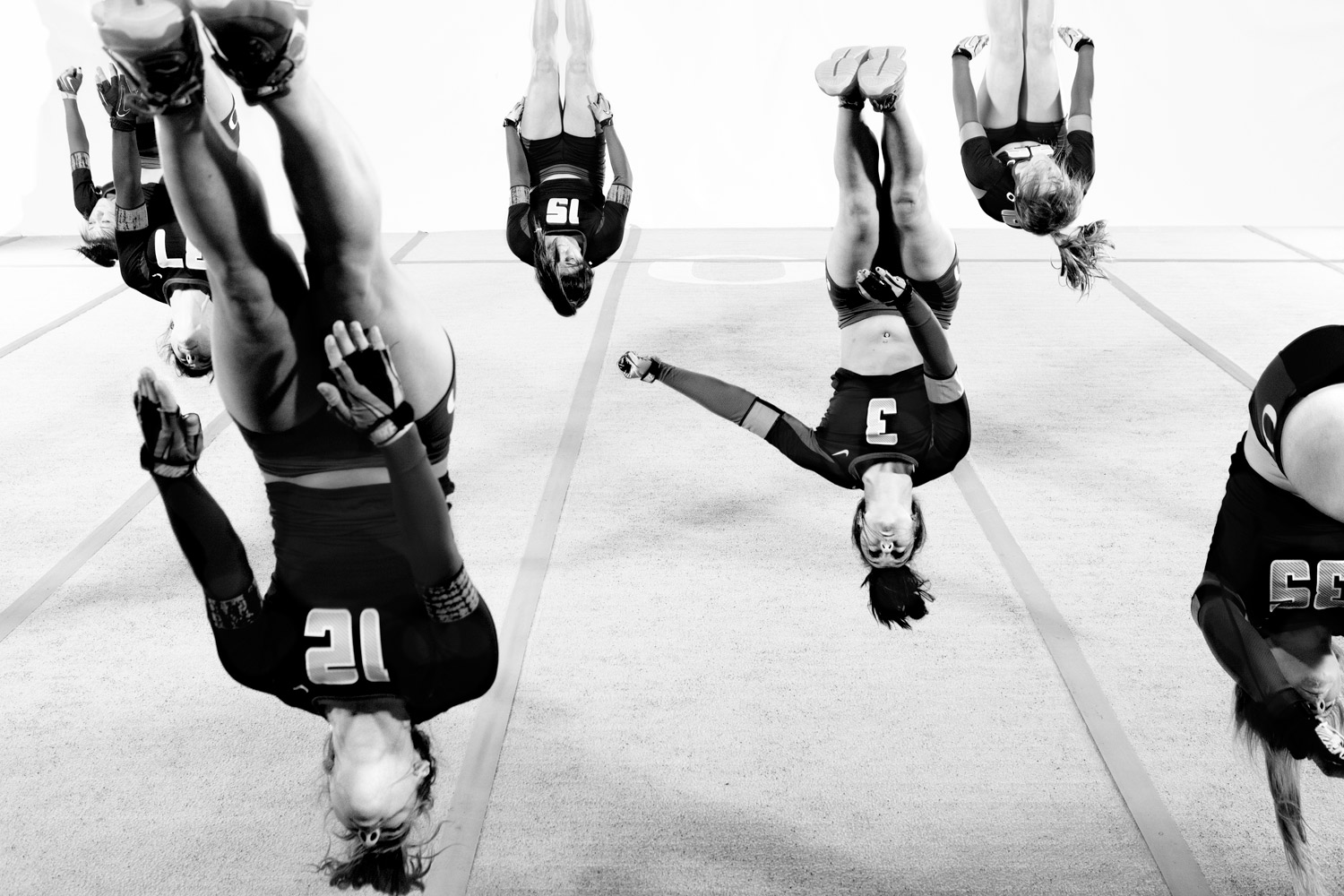

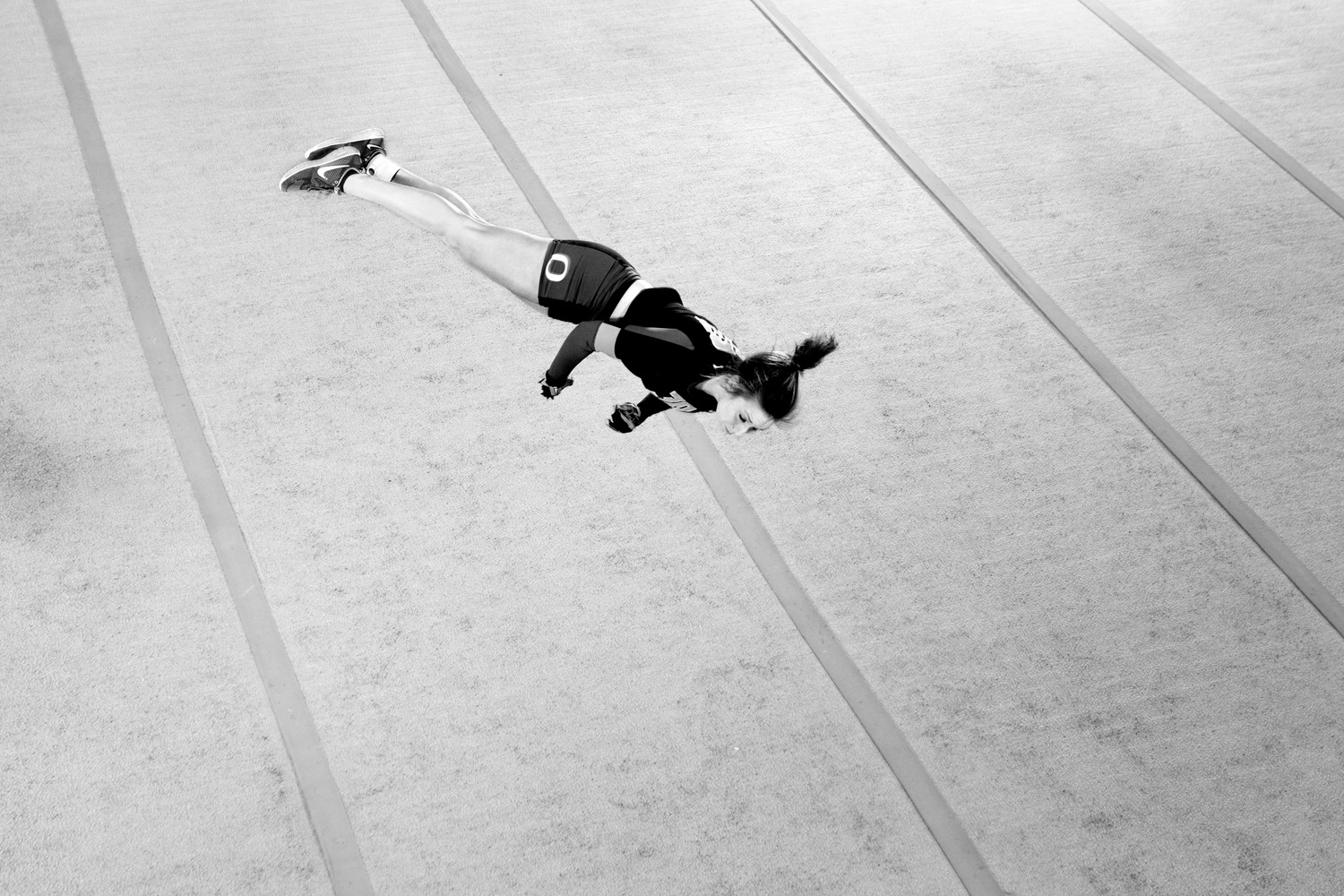
More Must-Reads From TIME
- What Student Photojournalists Saw at the Campus Protests
- How Far Trump Would Go
- Why Maternity Care Is Underpaid
- Saving Seconds Is Better Than Hours
- Welcome to the Golden Age of Ryan Gosling
- Scientists Are Finding Out Just How Toxic Your Stuff Is
- The 100 Most Influential People of 2024
- Want Weekly Recs on What to Watch, Read, and More? Sign Up for Worth Your Time
Write to Lily Rothman at lily.rothman@time.com